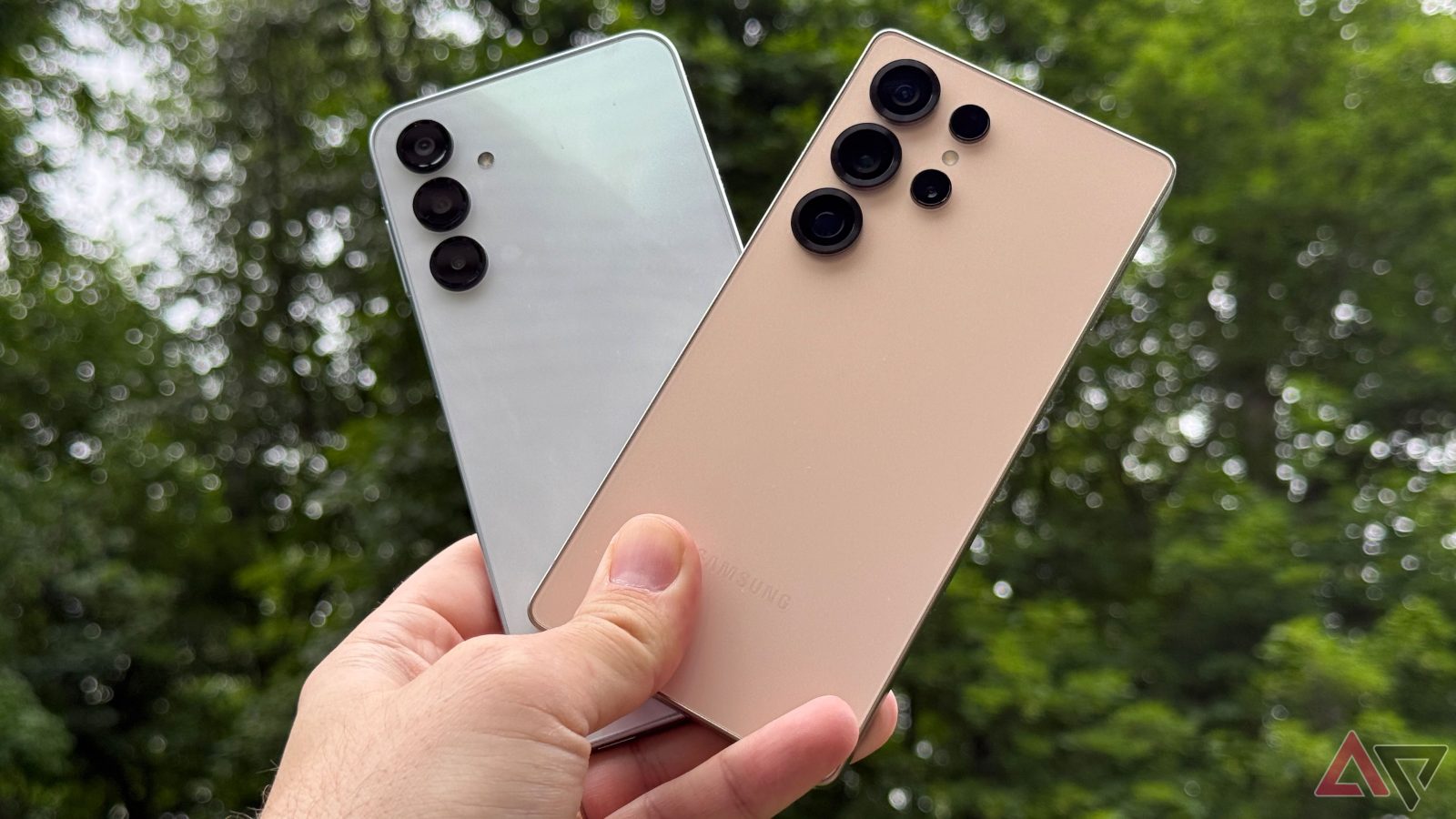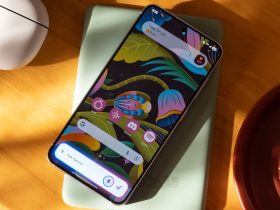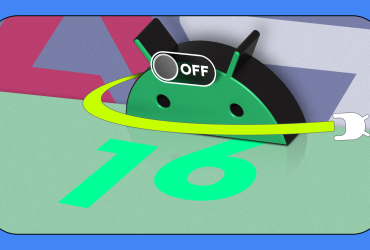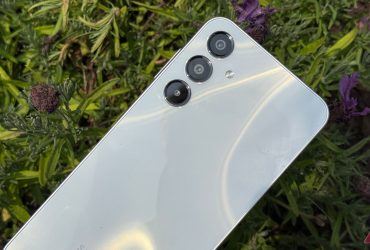I Used The Samsung Galaxy S25 Ultra And Galaxy A16; Here’s What $1,100 More Buys You

Contents
I enjoy comparing flagship smartphones to budget devices. It highlights how much we overestimate what we do on our phones. Most of us don’t need a fraction of the raw performance we pay a premium for, and everything we use our phones for daily can be done with less out-of-pocket expense.
The Samsung Galaxy S25 Ultra and Galaxy A16 are prime examples. The Galaxy S25 Ultra is undoubtedly a better smartphone than the Galaxy A16, but it also costs over $1,100 more. I want to showcase the benefits of both, so you can best determine if you really need to spend that much more, or if you can get by with a phone that is surprisingly capable for under $200.

Read our review
An impressive phone for a premium price
The Galaxy S25 Ultra has plenty going for it

Samsung demands all the money for the Galaxy S25 Ultra, but at least the experience delivers. The device features the best display I’ve ever seen on a phone, with its anti-reflective layer enhancing visibility — my finger appears to be touching the content. I love that Samsung has returned the vibrancy to its displays, as the Galaxy S25 Ultra increases the saturation, making movies and games look fantastic.
The performance is everything you’d expect from a flagship phone powered by a Snapdragon 8 Elite. The Galaxy S25 Ultra chews through everything I throw at it, with plenty of headroom to spare. It’s capable of on-device Galaxy AI functions, and if you like photo or video editing on your phone, the Galaxy S25 Ultra is up to the task.
If you’re a big mobile gamer, the extra money spent on the Galaxy S25 Ultra is worth it. Performance-intensive games like Genshin Impact run smoothly on high settings, with consistent frame rates. If you’re playing Pokémon GO all day, it’s overkill; however, for serious gamers seeking the best experience, the Snapdragon 8 Elite is the chipset you want to power your smartphone.

Futureproofing is also a consideration. When the Galaxy A16 starts to show its age, the Galaxy S25 Ultra should still be running strong. If you plan to keep your device for several years, it may be worth spending more.
The cameras on the Galaxy S25 Ultra are also significantly better and more versatile than the Galaxy A16. I wish Samsung upgraded more than just the ultrawide sensor this year, but I still love the images I get from its 200MP primary sensor. While Google’s computational photography can be too stark for my tastes, Samsung adds a warm tone to the photos on the Galaxy S25 Ultra, making them ideal for social media. You also get much better telephoto and ultrawide images from the Galaxy S25 Ultra than you do with Samsung’s budget offering.

Galaxy AI doesn’t appeal to everyone. I can’t stand it, and in my experience, Now Brief on the Galaxy S25 Ultra is useless in its current form. If AI is going to prove useful, companies need to develop it so I don’t have to double-check every answer it gives. It also can’t be faster for me to just complete a task myself instead of parsing queries repeatedly until I get the result I want.
Still, Samsung is always adding features, and there may come a time when Galaxy AI proves valuable. The Galaxy S25 Ultra will likely be able to handle new features as they are released, and it’s reasonable to assume Samsung is more likely to release new features on phones with powerful hardware.
The company already promises seven years of software support and upgrades for the Galaxy S25 Ultra, and I can see the device getting many of the new features for a good portion of that time. Software support matters, and the Galaxy S25 Ultra will run smoothly for longer than any budget model in Samsung’s lineup.

Initially, I was concerned about power efficiency with the Snapdragon 8 Elite, but those fears turned out to be unwarranted. The battery life on the Galaxy S25 Ultra is excellent. I can’t quite get a full two days of mixed use on a single charge, but I get close. It also features “faster” 45W wired charging compared to 25W on the Galaxy A16. It includes wireless and reverse wireless charging, features not present on the budget Samsung model.
Samsung’s flagship phone includes more creature comforts. It’s IP68-rated for dust and water resistance, providing added peace of mind. It’s also protected by Gorilla Glass Victus 2 on the front and back, with a titanium frame for a premium feel. The Galaxy S25 Ultra feels like a $1,300 smartphone, and that matters to some buyers.
The Galaxy A16 is capable of more than you think
Bright display and decent performance

I highlighted the Galaxy S25 Ultra’s display and for good reason, but the Galaxy A16 also includes the best screen I’ve seen on a device under $200. Its 6.7-inch Super AMOLED display is brighter and more color-accurate than last year’s panel. Games look amazing, and while the contrast isn’t as deep as the screen on its more expensive sibling, it’s still an enjoyable experience. We use our screens 100% of the time when we’re on our phones, and I love it when device manufacturers put high-quality panels on budget devices.
I don’t want anyone to misunderstand me. The Exynos 1330 powering the Galaxy A16 is definitely a budget chipset, especially with only 4GB of RAM. You will encounter slowdowns, and games will lag, but it’s not unusable. Instagram scrolls are smooth, and Pokémon GO runs well — I had no problems firing out curveballs at stubborn Pikachu.

I wish the Galaxy A16 had slightly more RAM, as you will notice the system aggressively closes apps to free up space, but other than that, the phone gets the job done. You won’t get the latest and greatest AI features, and editing photos would take a week, but who cares? Most daily tasks are handled easily, and I have an extra $1,100 in my pocket. If you want a phone to be a phone, the Galaxy A16 should be your choice.
Thanks to its budget chipset, the Galaxy A16 conserves power, allowing me to get almost two days of usage on a single charge. Samsung equipped the Galaxy A16 with a sizeable 5,000mAh battery. While it doesn’t have the fastest charging speeds at only 25W, I’m pleased with its overall battery performance.

It’s a shame that some features are reserved for budget phones in 2025, but I’ll take what I can get. The Galaxy A16 still includes a microSD card slot for expandable storage. Unfortunately, Samsung did away with the 3.5mm headphone jack, but I’m glad at least one fan-favorite option remains.
It used to be that budget phones received terrible software support. We were fortunate to receive one to two years of OS upgrades and possibly an additional year of security updates. Thankfully, that’s changed, and Samsung promises six years of support and upgrades for the Galaxy A16. That’s fantastic news for people who keep their device for years, and I’m glad to see extended support coming to less expensive devices. Optimized smartphones with reliable software updates shouldn’t be exclusive to $1,000 smartphones, and it’s welcome to see that mindset shift from companies.

The Galaxy A16 technically has three camera sensors, but I only count one of them as viable. Quality drops off too sharply on its ultrawide lens, and the macro sensor is borderline unusable.
However, you’ll get a solid photo in good lighting from its 50MP primary sensor. Images are surprisingly vibrant and crisp, capturing the moment or scoring a few likes on Instagram. Not everyone needs DLSR-equivalent performance from their smartphone, and if you keep your expectations in check, the Galaxy A16 will impress you.
We’re trained to spend more
Comparing the Samsung Galaxy S25 Ultra to the Galaxy A16 is drastic, and there are numerous midrange alternatives to choose from along the spectrum. However, it highlights how close most phones are, and it starts a conversation about what you actually need from a device. We’re trained to spend more on powerful smartphones that we don’t utilize to their fullest potential. If you’re a savvy buyer looking to save a few dollars, it’s worth considering capable alternatives.

Samsung Galaxy S25 Ultra
- SoC
- Qualcomm Snapdragon 8 Elite for Galaxy
- RAM
- 12GB
- Storage
- 256GB, 512GB, 1TB
- Battery
- 5,000mAh
- Ports
- USB-C
- Operating System
- Android 15 and One UI 7
Samsung’s Galaxy S25 Ultra leaves the Note-like design behind for the very first time. With flat edges, curved corners, and a massive 6.9-inch display, this is a modern flagship through and through — and yes, that S Pen is still here too.

Samsung Galaxy A16 5G
- SoC
- Exynos 1330
- RAM
- 4GB
- Storage
- 128GB
- Battery
- 5,000mAh
- Operating System
- One UI 6.1, Android 14
- Front camera
- 13MP
The Samsung Galaxy A16 features a large 6.7-inch display in a slimmer design and now comes with an IP54 rating for water and dust resistance. Just like Samsung’s flagships, it offers 6 years of OS and security updates. Under the hood, it’s powered by Samsung’s own Exynos 1330 chipset. The budget smartphone also retains key features from its predecessor like a 5,000 mAh battery, microSD slot, and triple-lens camera.
What’s your reaction?
Love0
Sad0
Happy0
Sleepy0
Angry0
Dead0
Wink0










Leave a Reply
View Comments